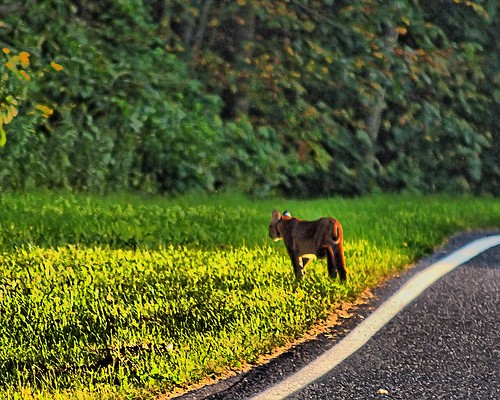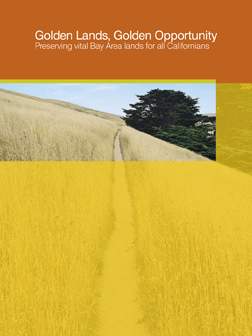Raptor identification workshop and wavecrest bird walk, Saturday
Saturday, February 28, 2009
Workshop from 1:00 - 2:30 p.m.
At the Train Depot, 110 Higgins Canyon Road, Half Moon Bay
Please join us for an exciting workshop led by Alvaro Jaramillo, local biologist, life-long birder, eco-tour guide to the Americas, and author of Field Guide to the Birds of Chile and New World Blackbirds. Come learn about the Coastside birds of prey: hawks, eagles, falcons, kites and owls. Study field marks, behavior, ecology and migratory patterns. Find out how to tell them apart and where to locate them. Light refreshments will be served.
Wavecrest Bird Walk from 3:00 - 6:00 p.m.
Meet at Smith Field at the end of Wavecrest Road, Half Moon Bay
Come stroll through this beautiful bluff top open space, lead by Alvaro Jaramillo and Gary Deghi, HMB wildlife biologist, environmental consultant and Sequoia Audubon board member. Apply your workshop skills and identify birds and other wildlife. Warm beverages and cookies will be served at the end.
Suggested donation for Workshop: $15, seniors $5, under 18 free.
Wavecrest Bird Walk: free. Bring binoculars, dress in layers and wear sturdy shoes.
For more information:
office: 650.284.5056
[email protected]
coastsidelandtrust.org



